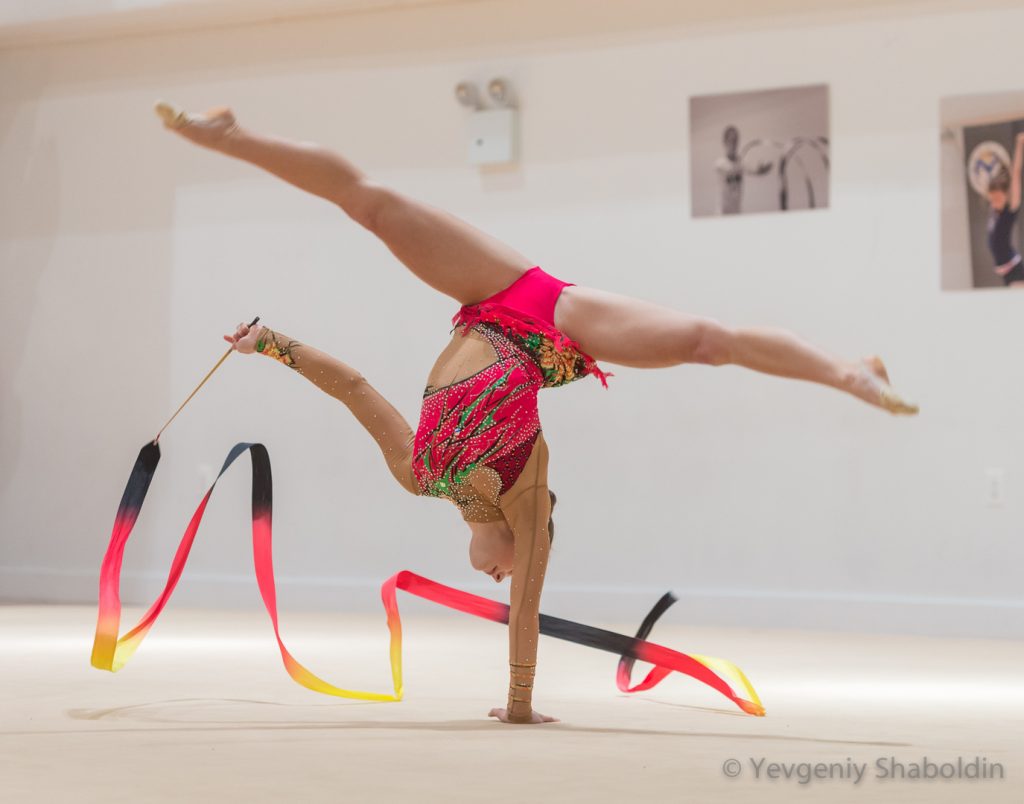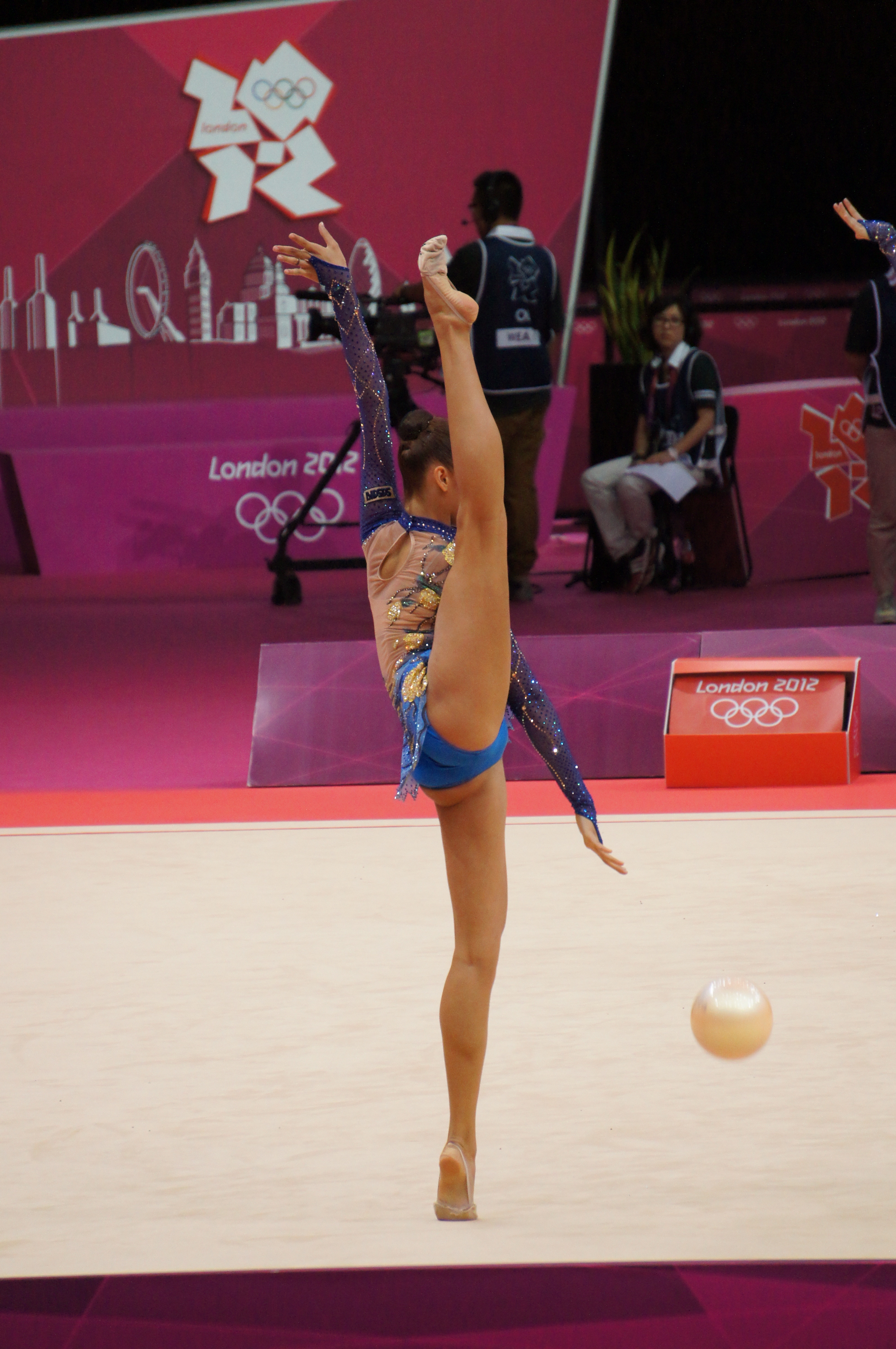Interview: Philadelphia Rhythmic Academy

Infinite Circles has spent the week sitting down with the professionals of Rhythmic Gymnastics to better understand the events happening this weekend. Speaking with me today is Polina Kozitskiy from Philadelphia School. The Philadelphia Rhythmic Academy specializes in world-class gymnastics instruction. They have produced gymnasts who are part of the US National Team, Future Stars and Youth Elite Training Camp.
First, are there any story lines you are particularly excited to see play out, that our community should watch out for?
The competition between the two gymnasts representing Russia. Both are always coming out one behind one another in the final all around. So seeing who will be the Olympic champion will be exciting! Also keep an eye out for our very own, Laura Zeng in hopes she qualifies to the finals!
And second, why do you think it is that US sports casting doesn’t give this amazing sport more attention?
Sadly to say, it's simply not a popular enough sport in the States. Every time I would tell friends and classmates about what I do they would always look at me with a confused look because they have never heard of the sport. However, this year we have an individual, Laura Zeng, and a group competing in the olympics representing the USA. With their qualifications into the games, it has brought on a lot of media attention to the sport, and hopefully this will draw in new viewers!
I’ve noticed in my research that the Russians seem to be a lock for the podium time and time again. Obviously this is a subjective sport and tradition seems to matter a lot more in those. However, I’m wondering if you have any thoughts on what they might be doing differently over there, that they have been able to be so dominate for so long?
Practice, practice, practice! Girls who are apart of the Russian national team live in a complex that was specifically designed for rhythmic. They train two times a day for a total of 9 hours 6 days a week, with Sunday being their off day. They have everything they could possibly ask for: masseuses, physical therapists, swimming pools, ballet coaches, the best choreographers. They do not go to school. They eat sleep and practice. They dedicate their lives to the sport in hopes of making it to the Olympics and making a name for themselves.
As Flow Artists, our community has a lot of experience with object manipulation, and a good feel for what goes into developing mastery over the equipment. However, when we watch RG, I think we are all just amazed by the range of motion of the athletes. So I have a bunch of questions pertaining to this!
First, what percentage of practice is just spent on “body preparation to be able to work with any apparatus” versus actually working with any of them?
Actually, we go straight to the apparatus technique. The body preparations comes afterwards once the technique is down.
Let’s take a moment as an example. We see a gymnast lift her leg to a standing split where her knees are both locked straight, and one kneecap is against her cheekbone. I’m interested in what is going on in her body at this moment.

Is she displaying more strength, or is she displaying more flexibility? Is it that her quadriceps, the opposing muscles, have just been strengthened so much that they are strong enough to overpower any resistance the hamstring has? Or is it that the hamstring muscle is just so lengthened that it is simply not providing any resistance?
It’s a little bit of both. Rhythmic requires a combination of strength and flexibility to be able to do the difficulties. In your example, she is displaying more flexibility. Until you are able to stretch out the hamstring and under the knees to an oversplit, it will take lots of strength from your quad to try an hold your leg in that position. But once the oversplit is achieved holding the leg at 180 degrees becomes almost effortless.
Finally, if an athlete comes to you with great musicality, strong work ethic, and tons of passion -but negligible range of motion – can this athlete be developed into a successful competitor? How much difference can we really make to our natural range of motion?
The great thing about rhythmic is that if a gymnasts lacks in flexibility she can make up for it with her ability to work the apparatus. Both play a major role in the sport.
It depends on when the gymnasts starts the sport. At a younger age girls are much softer and easier to stretch. With age the muscles tend to tighten up making it harder to stretch them out.
I’ve noticed – not so much the Americans – but often the Europeans in the sport - can look alarmingly thin. So in a way I’m confused because they are obviously incredibly strong, but I am thinking there is probably not much weightlifting going into obtaining this strength? Do rhythmic gymnasts only do bodyweight strength training? And do the judges reward this particularly lean body type (or deduct for deviant body types)?
No award is given out for looking thin. It is however more welcomed. And yes, rhythmic gymnasts do only do bodyweight strength training. Along with that, higher level gymnasts, those who are on the national team and represent their country at international competitions do make it a priority to watch what they eat, making sure they look their best on the carpet when competing.
OK, onto the hoops!
It seems to me that RG hoops are made from a much more flexible material than the PE, HPDE, or Polypro that are available in most flow hoop shops. Do you know what the plastic is called, or what accounts for the difference in pliability of the plastic? Can you recommend any vendors for those of us who would like to try a RG hoop out?
Rhythmic gymnasts are required to perform with a hoop that weighs 300g and no less. The hoop is made from Polyvinyl Chloride.
Chacott and Sasaki are two vendors I would recommend to check out!
A final question about the hoops. I understand that the events rotate among the rope, ribbon, hoop, clubs and ball. How does the FIG determine which apparatus are used each Olympic cycle? Is there a chance where there could be a cycle with no hoops at all? And how far in advance do you know this information, to be able to prepare your athletes?
Every 5 years the rhythmic gymnastics federation comes out with a rotation of the apparatus that will be used in the next 5 years. The rotation stays the same for 2 years and then rotates. So yes, it is possible to see a rotation with no hoop.
Thank You, Philadelphia Rhythmic Academy
1331 O'Reilly Drive Feasterville PA
rh_gymnastics@yahoo.com
About Our Writer
Lizzy Ellis is a Certified Hoop Love Coach, USA Gymnastics Instructor Member, and Infinite Circles Community Admin. You can read more of her thoughts on beautiful movement at Flying Trapeze Blog.